The Mysteries of the Bermuda Triangle: Ships and Legends Unveiled
Written on
Chapter 1: The Enigmatic Bermuda Triangle
What happened to the crew of the “Mary Celeste”? Did the fabled “Flying Dutchman” truly sail the oceans? What secrets lie beneath the waves of the Bermuda Triangle? The sea has long been a source of fear and fascination, filled with ghostly tales of ships that have vanished without a trace.
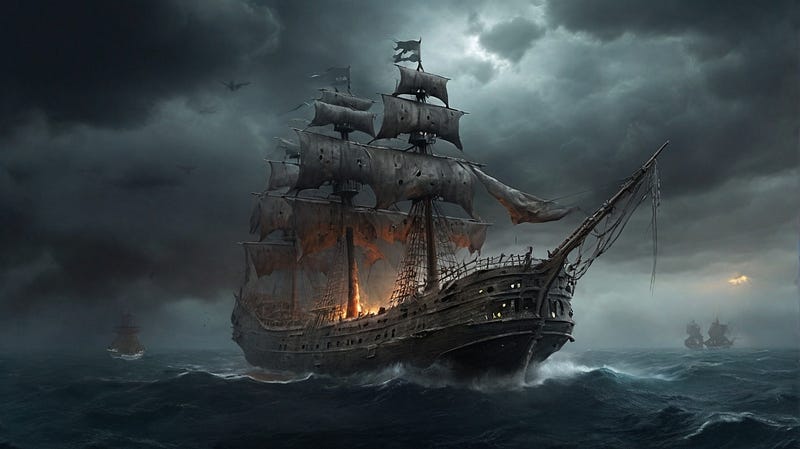
Our fascination with the supernatural often draws us to tales of phantoms, monsters, and maritime mysteries. These stories have haunted our imaginations since childhood and manifest in various settings: from haunted houses to the depths of the ocean, often taking the form of ghost ships. These spectral vessels are frequently linked to calamities and conspiracy theories.
Section 1.1: The Legendary “Flying Dutchman”
One of the most iconic ghost ships is undoubtedly the “Flying Dutchman.” This legend has terrified sailors for centuries. Initially, it was a tale about a captain, not a ship. In the 17th century, a Dutch captain named van der Decken defied a storm while trying to navigate around the Cape of Good Hope. Despite his crew's pleas to turn back, he persisted. Cursing God, he vowed to sail forever, which led to his eternal damnation. This tale has evolved through the ages, morphing from a captain’s curse into a haunting ship that appears in literature, music, and film.

Inspired by a tempest aboard the schooner “Thetis,” Richard Wagner adapted this tale into an opera. In his rendition, the captain Daland encounters the cursed ship at sea, whose captain seeks redemption through the love of a faithful woman. Tragic encounters often accompany the “Flying Dutchman,” including the disappearance of the “Octavius,” a vessel claimed to have encountered the ghostly ship.
The first video, "The Curse of the Bermuda Triangle (Full Episode) | Atlas of Cursed Places," explores the eerie legends surrounding the Bermuda Triangle and its ghostly vessels.
Section 1.2: The Curse of the Pirate Ship “Patrice et Catherine”
Similar to the “Flying Dutchman,” the pirate ship “Patrice et Catherine” is said to herald misfortune. This ghost ship is often sighted near the shores of Haiti and is linked to the nefarious deeds of its captain, Patrice de la Porte, who was notorious for his cruelty. Known for his savage reputation, he named his ship after himself and his lover, Catherine du Lac. After a violent mutiny, he and Catherine escaped, while his crew perished in flames.
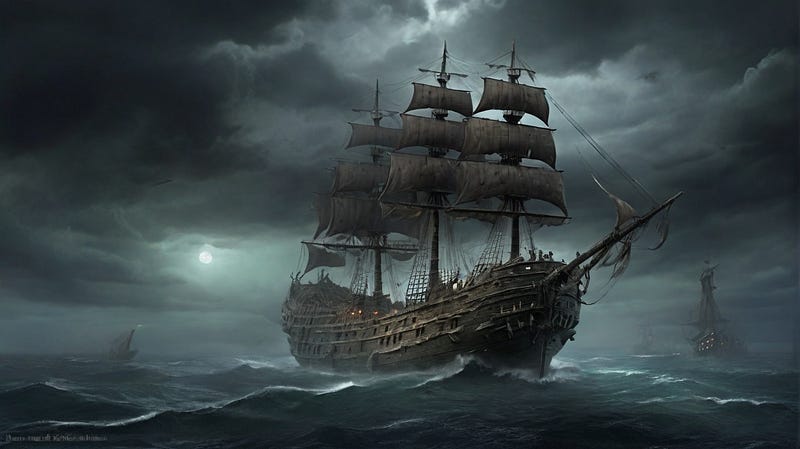
Section 1.3: The Fortunate “Takarabune”
In stark contrast to the ominous ghost ships of the Bermuda Triangle, Japan's “Takarabune” is a vessel of good fortune. This legendary ship, associated with the seven lucky gods, is believed to sail the skies on New Year's Day, bringing luck to those who catch a glimpse of it. To ensure this luck, one must keep the sighting secret.
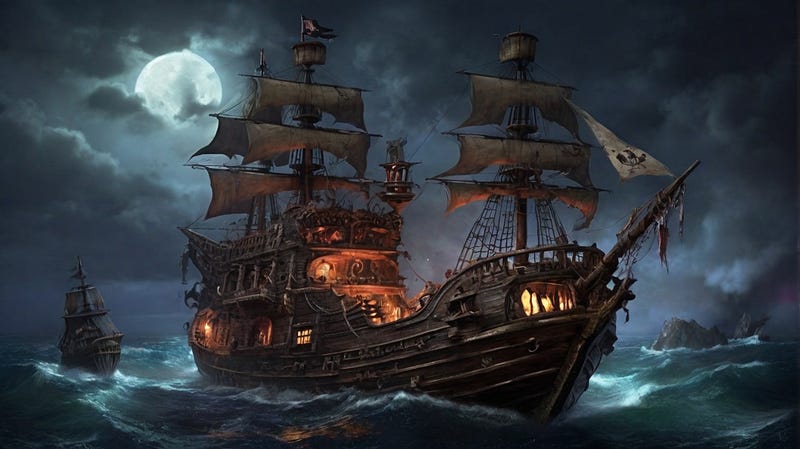
Chapter 2: The Tragic Tales of Other Ghost Ships
The second video, "What's Really Going on At the Bottom of the Bermuda Triangle?" delves into the maritime mysteries and theories that surround this infamous location.
Section 2.1: The Ill-Fated “Lady Lovibond”
Every fifty years, the ghost ship “Lady Lovibond” is said to reappear, a spectral reminder of a tragic wedding voyage that ended in disaster due to jealousy and betrayal. The ship wrecked off the coast of England, and its tale continues to haunt the waters.

Section 2.2: The Mystery of the “Mary Celeste”
The “Mary Celeste” is a unique case in maritime history; this vessel was found adrift in 1872 with no crew aboard. Despite being seaworthy, the mysterious disappearance of Captain Briggs and his family remains unsolved. Many theories have emerged, from piracy to supernatural occurrences.

Section 2.3: The Crewless “Joyita” and “Kaz II”
The stories of “Joyita” and “Kaz II” exemplify the ongoing mysteries at sea, where entire crews vanished without a trace. These incidents continue to fuel conspiracy theories, from alien abductions to pirate attacks, yet evidence remains elusive.

Section 2.4: The Enigmatic “Carroll A. Deering”
The “Carroll A. Deering” serves as one of the most perplexing cases linked to the Bermuda Triangle. Discovered aground in 1921, the ship was found abandoned with food still cooking, but the crew was never found. This mystery has led to numerous theories about what could have happened.
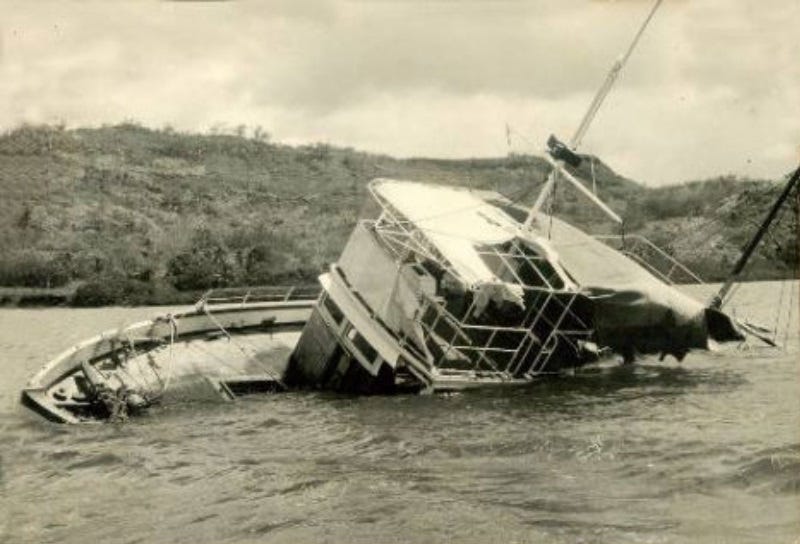
Section 2.5: The Disappearance of the “Cyclops”
Another notable case is the American collier “Cyclops,” which vanished in March 1918 with over 300 crew members. Theories abound regarding its sinking, with some attributing it to enemy action during World War I.
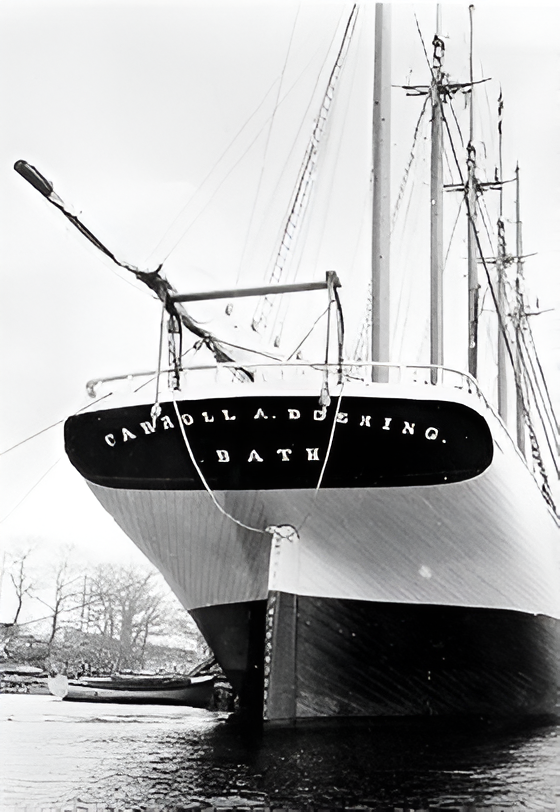
The Bermuda Triangle remains a realm of intrigue, filled with tales of ghost ships and unexplainable vanishings, captivating the imaginations of those who dare to explore its depths.